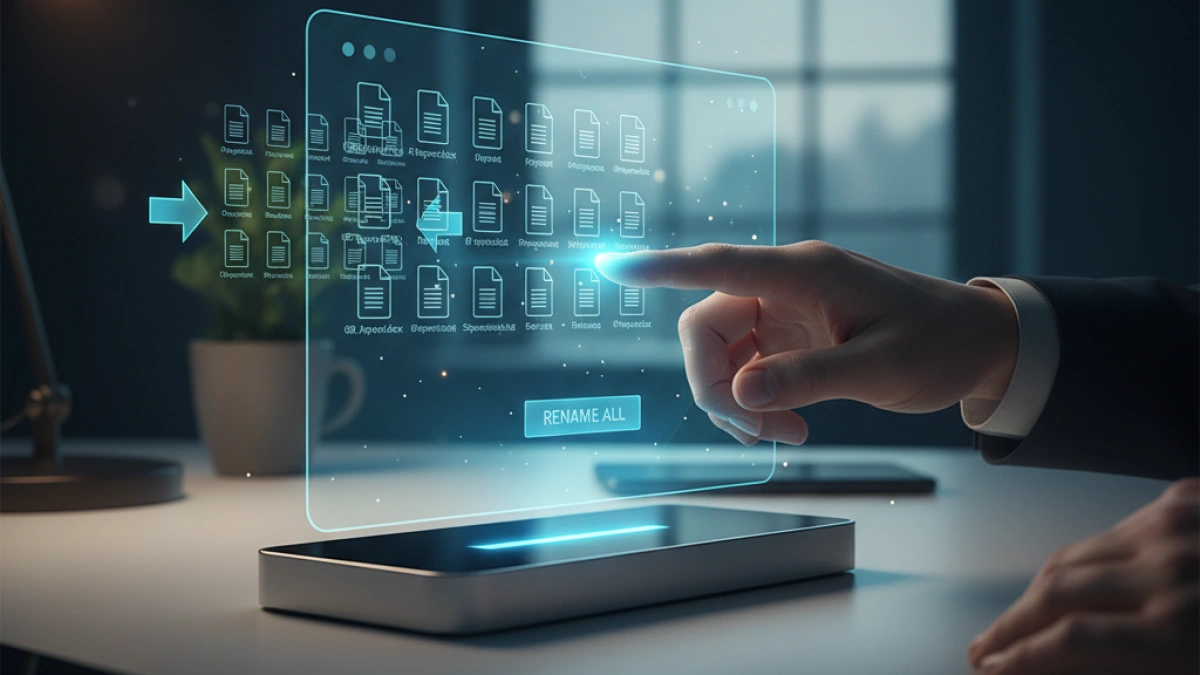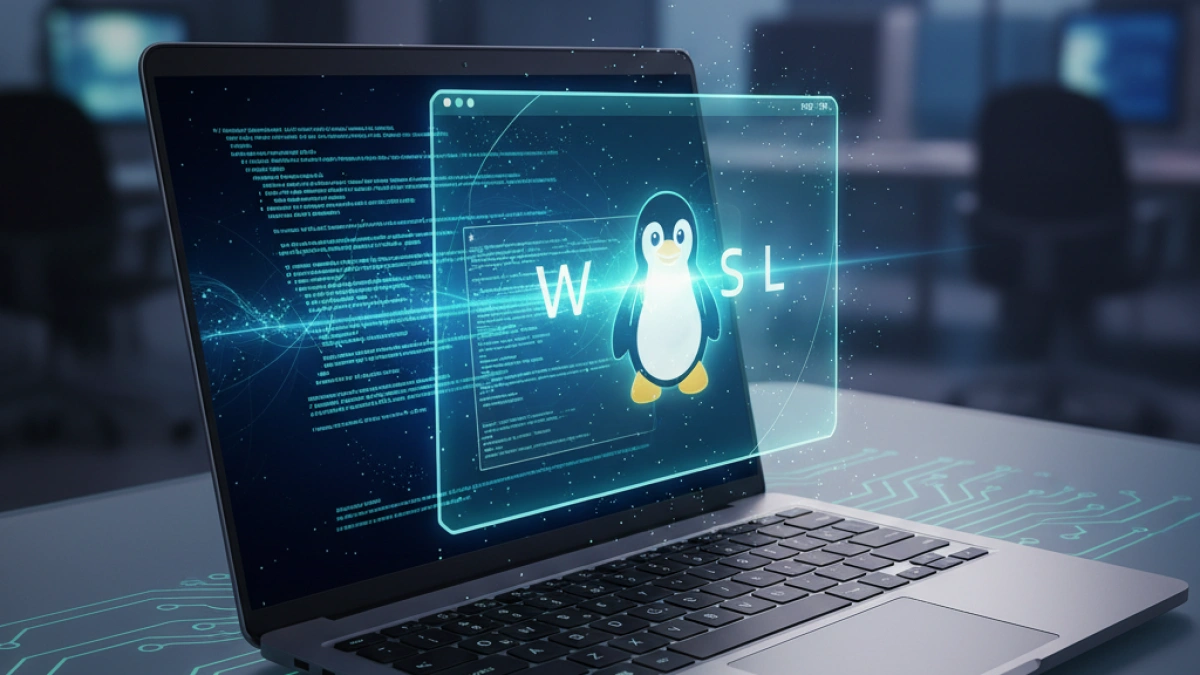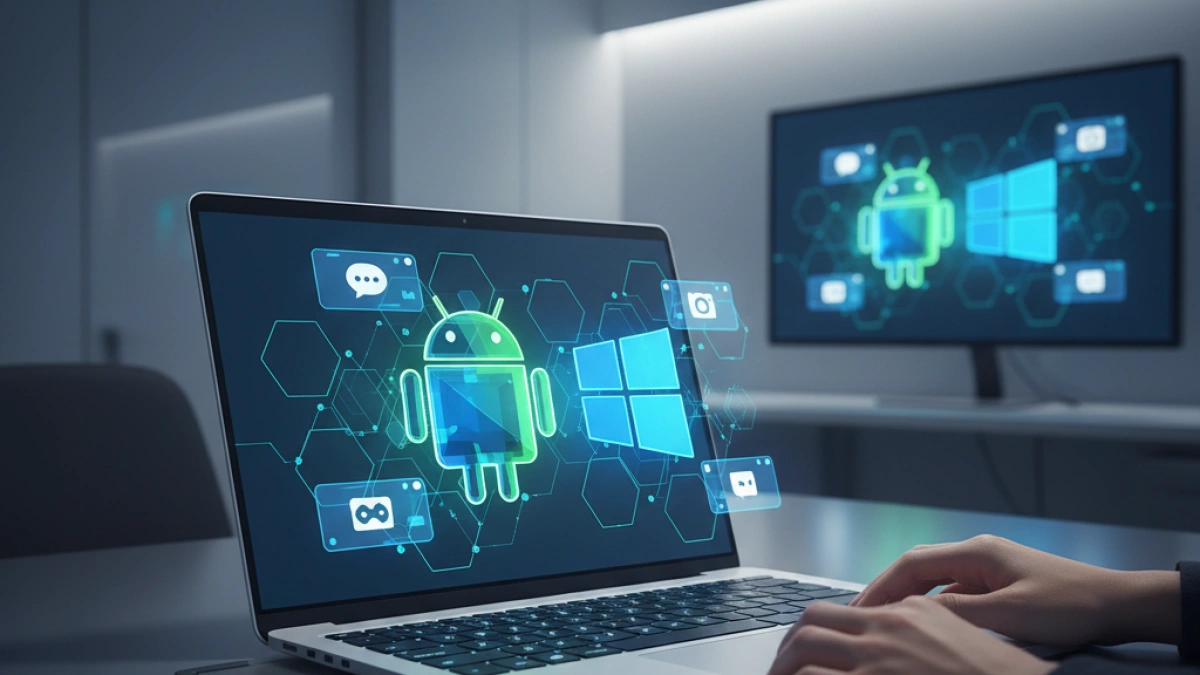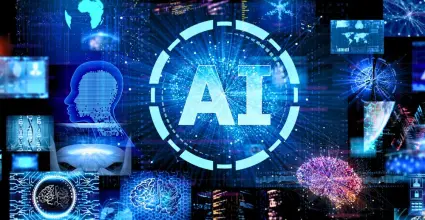The Most Influential Operating Systems: A Journey from Windows 95 to iOS

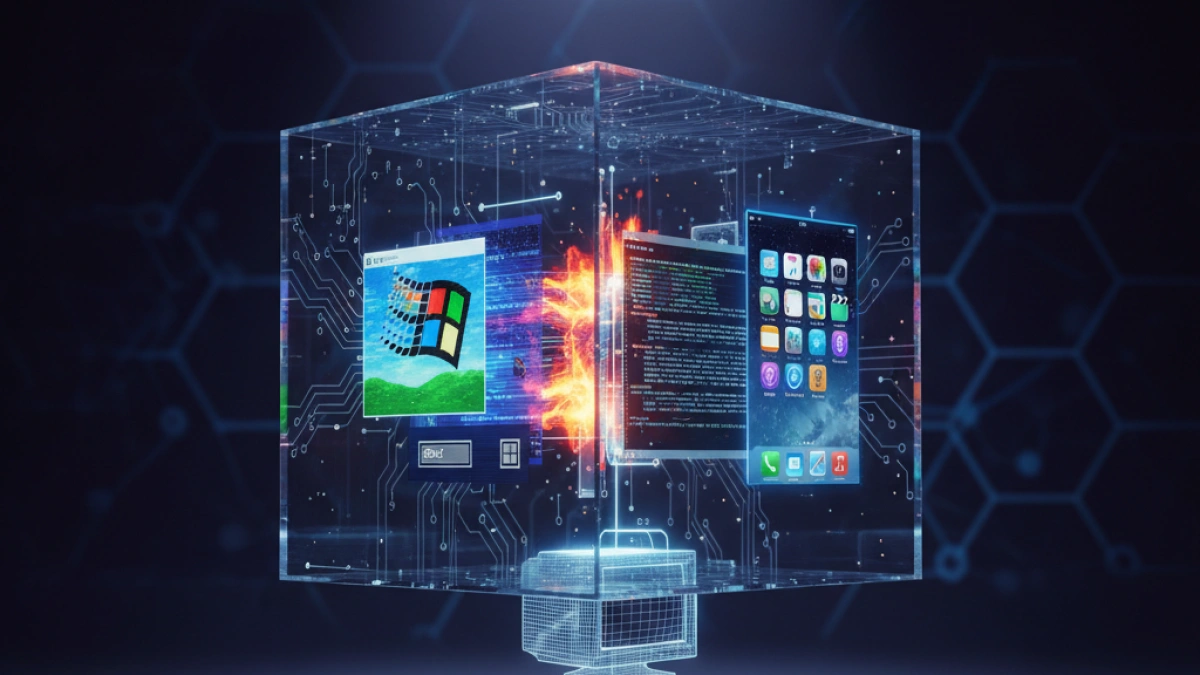
Since its beginnings in the era of MS-DOS commands to the sophistication of today’s touch interfaces, operating systems have been fundamental to the functioning of modern technology. Acting as intermediaries between hardware and software, their evolution has been marked by technical progress and the growing needs of users. This article examines five operating systems that not only dominated their era but also defined the contemporary computing experience: Windows 95, macOS, Linux, Android, and iOS.
The Personal Computing Revolution
1. Windows 95: The Desktop Within Everyone’s Reach
The launch of Windows 95 in August 1995 is considered one of the most significant events of the 1990s, marking a milestone in the history of personal computing. This operating system from Microsoft effectively combined the power of the MS-DOS command environment with the ease of an intuitive graphical interface. It achieved spectacular sales, generating over $700 million on its first day and reaching 40 million licenses in its first year. The company invested heavily in marketing, notably featuring the famous song "Start Me Up" by The Rolling Stones.
Innovative features of Windows 95 included:
- Start Button and Taskbar: They introduced centralized and straightforward access to files and settings, a design that endures to this day.
- 16/32-bit hybrid architecture: Allowing the execution of applications from both architectures, it facilitated the transition to more advanced systems.
- Plug and Play: For the first time, users could install new devices without complicated manual configurations.
- Long file names: It allowed files and folders to have more than 8 characters, improving organization.
- Enhanced multitasking: It implemented a 32-bit preemptive multitasking system, much more stable than the cooperative multitasking of its predecessor.
Windows 95 was a pioneer in introducing a user-friendly graphical interface, and its legacy is felt in subsequent versions of Windows.
Read also
2. macOS and Linux: The UNIX Family
Both macOS from Apple and Linux are part of the influential UNIX family, an operating system that emerged in the early 1970s. UNIX was known for its portability, efficiency, security, and ability to support multiple users and multitasking.
macOS
Introduced in 1984, macOS is the dedicated operating system for Apple products. Its design focuses on minimalist aesthetics and simplicity, prioritizing the user experience.
Read also
Highlights of macOS include:
- UNIX-based.
- Powerful and stable performance, standing out as a leader in support and user experience.
- Preferred by professionals across various industries.
- Minimalist design that uses whitespace, neutral colors, and simple typography.
Linux
Linux is an open-source operating system developed by Linus Torvalds in 1991, based on UNIX. It comes bundled with tools from the GNU project, resulting in GNU/Linux. Its success lies in the GPL license, which guarantees freedom of use, modification, and collaboration in its development.
Advantages of Linux include:
- Free and open source.
- Requires few resources while offering great performance.
- High level of security and stability, with vulnerabilities quickly identified and fixed by its large community.
- High customization and compatibility with various devices.
Linux is the preferred operating system in development environments and excels in services and supercomputers.
The Dominance of Mobile Operating Systems: Android and iOS
Today, the adoption of digital technology is a global phenomenon, with smartphones as the predominant devices. Within this context, Android (developed by Google) and iOS (developed by Apple) are the leading platforms, collectively dominating the mobile market with a share of 99.45%.
Feature Android iOS
| Development | Google | Apple
| Base | Linux kernel (UNIX family) | Derived from Mac OS X (UNIX family)
| Model | Open source | Closed system
| Customization | Greater flexibility and customization | More restrictive in terms and icons
| Devices | Various manufacturers (Samsung, etc.) | Exclusively on Apple devices
| Fragmentation | Present, affects updates | Low, centralized distribution
| App Installation | From Play Store and external sources | Restricted to the App Store
Usability and User Perception
A comparative study between Android and iOS analyzing aspects such as navigation, customization, and accessibility revealed that both platforms compete quite similarly. However, significant differences were found that influence user choice:
- Learning Speed: 84% of iOS users reported faster initial learning compared to 68% of Android users.
- Ease of Use: Both systems were considered easy to very easy to use, but iOS showed a slight advantage in this area.
- Errors: iOS users perceived fewer errors compared to Android users.
- Satisfaction: 100% of iOS users indicated being satisfied or very satisfied with their experience, in contrast to 87% of Android users.
While Android stands out for its flexibility and variety of devices and prices, the closed model of iOS provides a more uniform and consistent user experience, thanks to centralized updates and the optimization of hardware with software. This aspect may explain the slightly higher satisfaction experience reported by iOS users.
Conclusion
From the arrival of Windows 95, which popularized the modern desktop, to the dominance of Android and iOS in the mobile realm, each of these operating systems has left an indelible mark on technology. Meanwhile, Linux and macOS continue to embody the principles of stability and modularity of UNIX, while the mobile dispute highlights the tension between the flexibility of Android's open-source code and the consistency of iOS's closed ecosystem.
To explore more about the evolution of technology and operating systems, we invite you to continue reading this blog.

